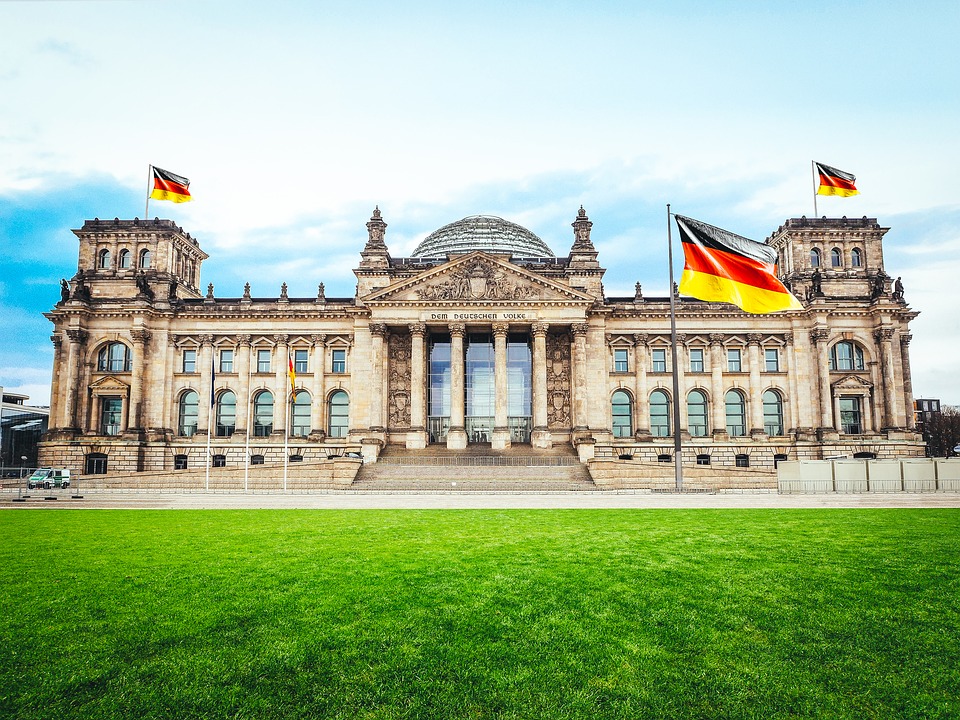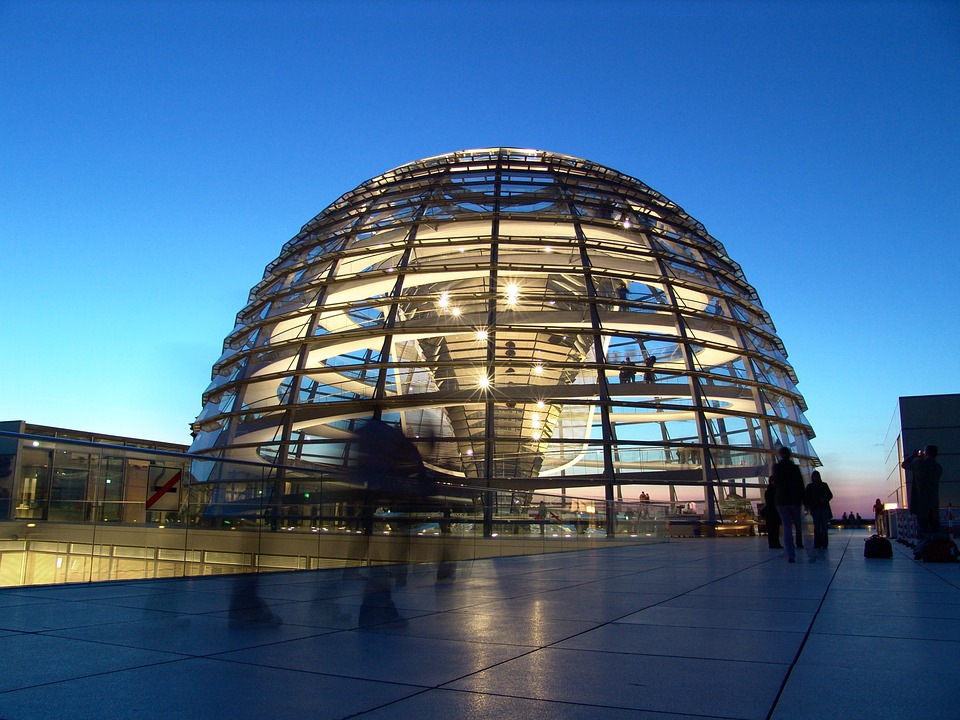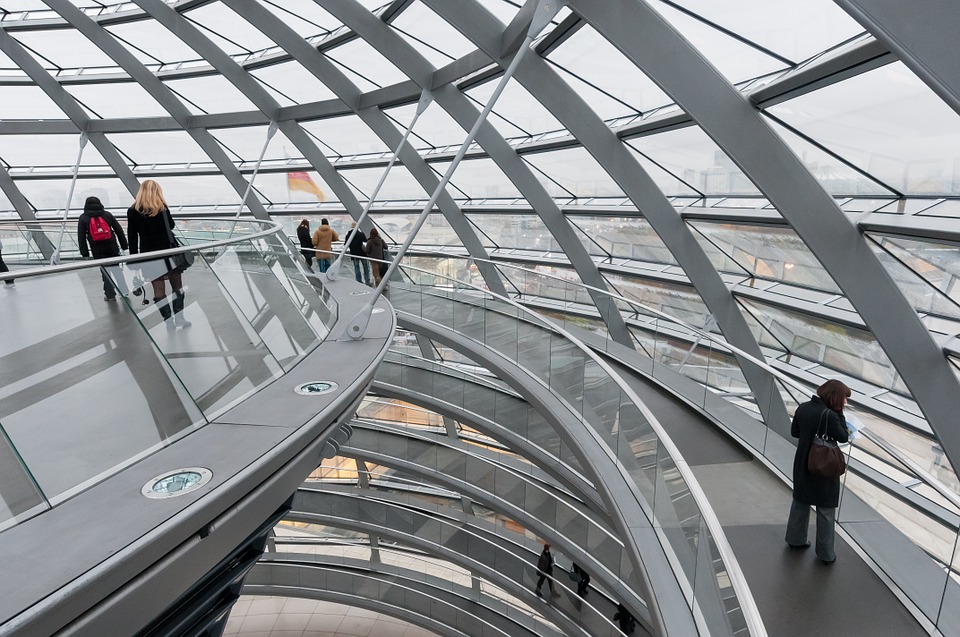
The Office of the German Bundestag
The Reichstag building, also known as the Reichstag for short, is one of the most historic buildings in recent history and one of the most important witnesses of the democratic process in the German Confederation. It is located at Platz der Republik in Berlin – Mitte and has been the official seat of the German Bundestag since 1999. Since 1994, the German Federal President has also been elected here by the Federal Assembly. The first so-called Reichstag was built between 1884 and 1894 in neo-Renaissance style under the architect Paul Wallot and was located on the left bank of the Spree.
Site Selection & Construction

One of the first problems for the construction was the choice of location. Almost all the actors involved were in favour of a building on what was then Königsplatz, now Platz der Republik. However, the area was already built on with a palace of a Polish count and diplomat. Nevertheless, the Commissioners assumed that with the support of Emperor Wilhelm I they could persuade the Count to give his consent, which is why an international competition for the development of the property was announced, which the architect Bohnstedt from Gotha won for himself. However, the Polish diplomat refused to give his consent, and due to political differences the emperor had no interest in expropriating the count from his property.

First Stone Laying
A new location was a building site that was a bit more towards the city centre. However, this was vehemently rejected by the conservative members of parliament, as the location was too close to the old city castle and one did not want to send out the wrong political signals. In 1881 the old location was used, since the count died in 1878 and the property was sold to the place. The architect Paul Wallot from Frankfurt am Main emerged victorious from 189 anonymous entries for a design. On 9 June 1884, the foundation stone was laid by Kaiser Wilhelm I.
Reconstruction & Modernization
After the First World War and the constitution of 1919, which was put into force by the democratically elected Reichstag, this met in June 1920 for the first time, before that was convened in Weimar. The Reichstag fire in 1933, triggered by the Nazis, and the damage caused by the Sec

ond World War meant that the building could only be rebuilt in a modernized form in the 1960s. Between 1991 and 1999, just in time for the Millennium celebrations, the Bundestag was fundamentally redesigned on April 19, 1999 where the keys were handed over to the then President Wolfgang Thierse. Since then, the German Bundestag sits and meets here.
Admonitory Landmark

The emblem of the German Bundestag, however, remains the walk-through, transparent dome. It is 23 metres high and 40 metres wide and was designed by the architect Norman Foster and completed shortly before the turn of the millennium. Since then it has been open to the public via the roof terrace and at the same time serves as a light source for the plenary hall of the Bundestag. It is most exciting to be in the dome at the same time as the Bundestag is holding a session. This, by the way, is also one of the symbolic meaning of the dome, politicians should feel observed by the people in order not to forget who they serve and for whom they are working. It is open to interpretation whether this meaning is now applied in reality.
